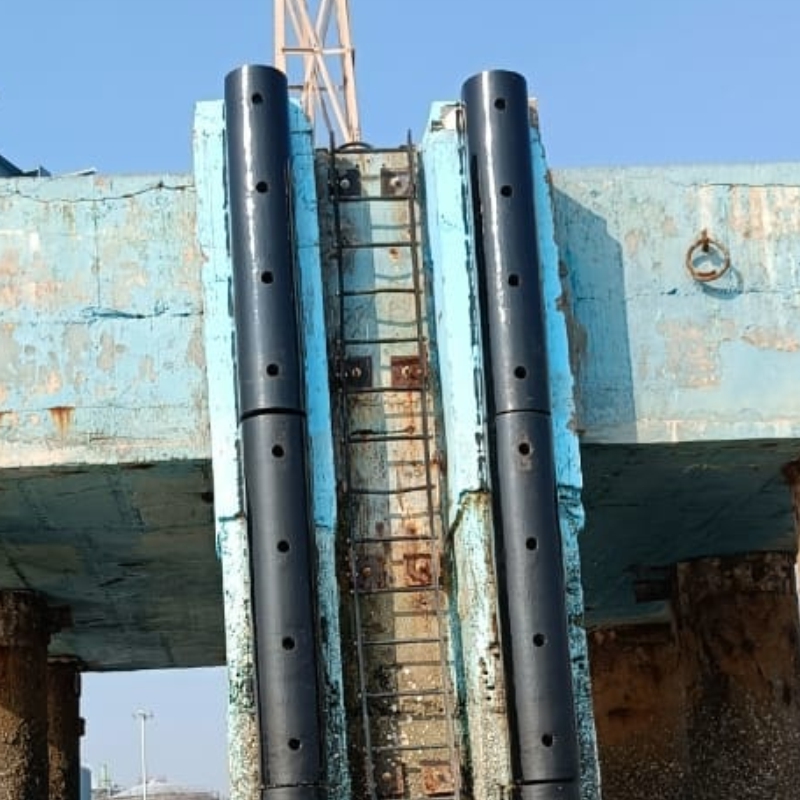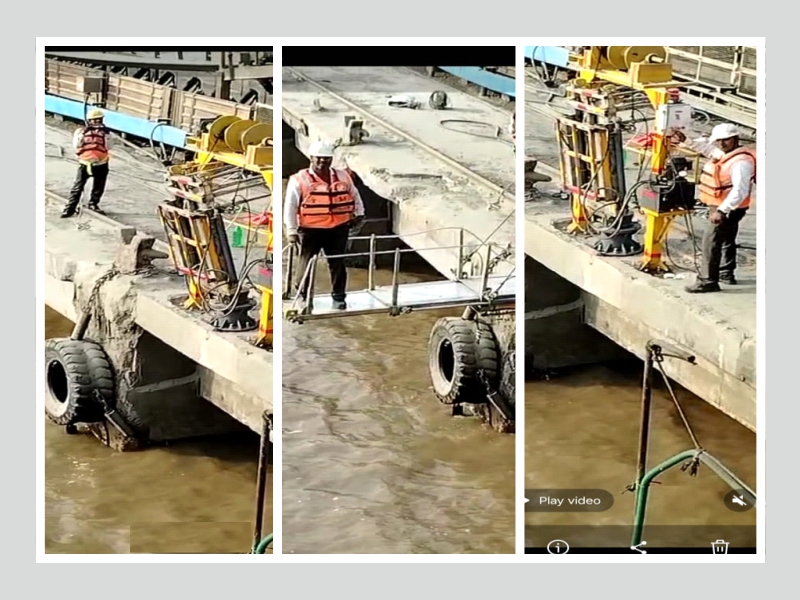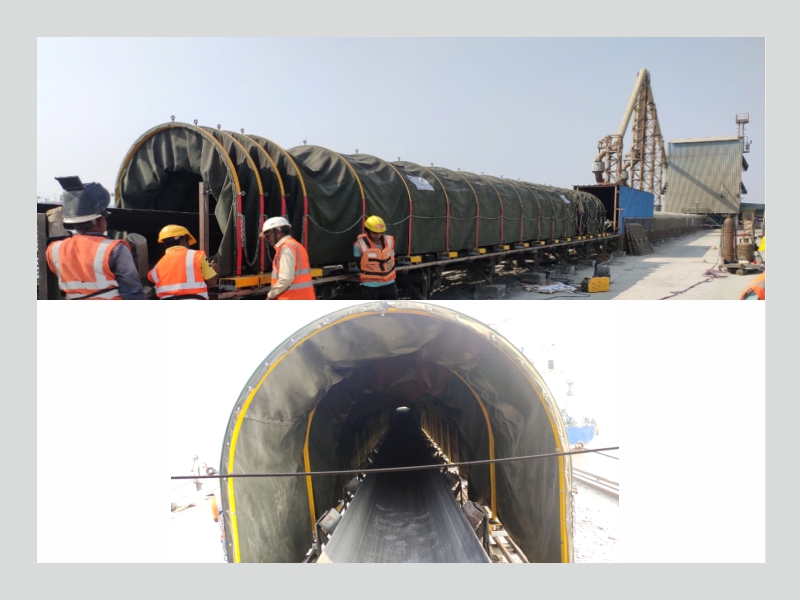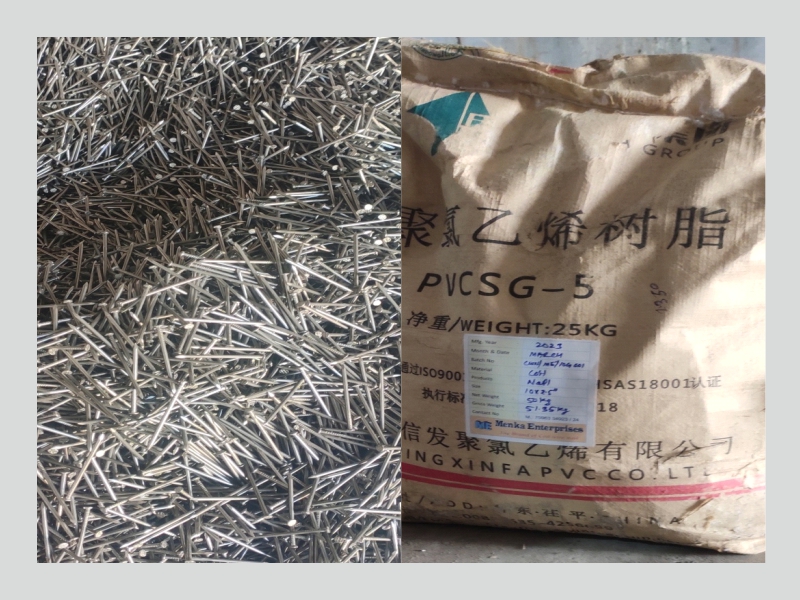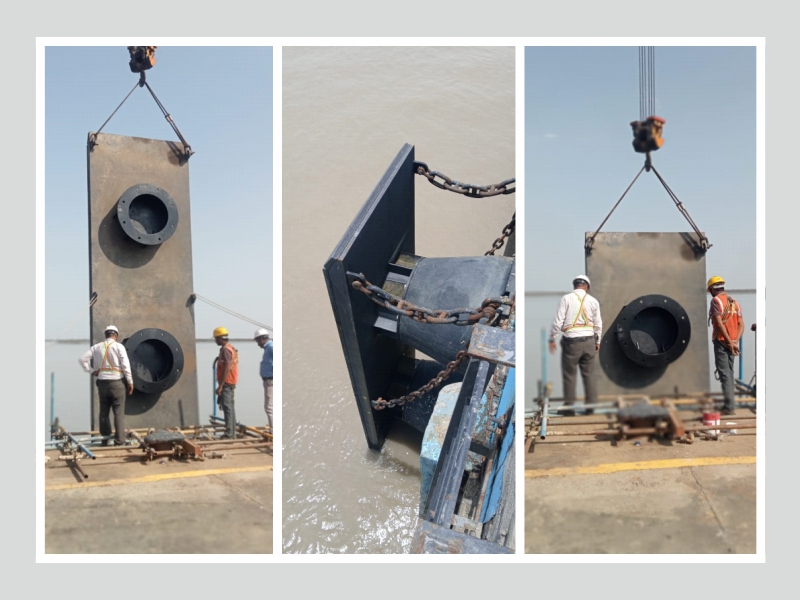
fendering system
A fendering system is a crucial protective feature for marine structures and vessels, designed to absorb impact and prevent damage during docking, berthing, or mooring operations. These systems act as buffers between the ship and the dock or between vessels. Below are the details and key aspects of fendering systems:
Purpose:
- Impact Absorption: The primary function is to absorb kinetic energy when a vessel comes into contact with a dock or another vessel, minimizing the risk of structural damage.
- Vessel Protection: Fender systems protect the ship's hull from damage, especially during docking, as even a slight impact can cause costly repairs.
- Dock Protection: Protects piers, quays, jetties, and other dock infrastructure from the force exerted by vessels during berthing operations.
Types of Fendering Systems:
1. Rubber Fender Systems:
- Arch Fenders: V-shaped or curved rubber fenders, providing great energy absorption and reaction force. They are suitable for use at ports and docks that handle large vessels.
- Cylindrical Fenders: The simplest and one of the most commonly used fenders, these are cylindrical rubber tubes that compress under pressure to absorb energy. Ideal for vessels with different sizes and weights.
- D-Type Fenders: Shaped like the letter "D," these fenders are used for tugs, workboats, and small vessels, providing good impact resistance in a compact shape.
- Cone Fenders: These conical-shaped fenders offer a combination of high energy absorption and low reaction force, making them suitable for larger vessels and ports with high impact loads.
- Cell Fenders: Designed for large and heavily loaded ships, cell fenders are cylindrical with multiple ribs, providing exceptional energy absorption with low reaction force.
2. Foam-Filled Fenders:
- Foam-Filled Floating Fenders: These are unsinkable, even if damaged. Made with closed-cell foam cores, these fenders are encased in a tough outer skin (such as polyurethane) and are designed to absorb energy while floating, ideal for berthing applications. Commonly used in ship-to-ship transfers and offshore applications.
3. Pneumatic Fenders:
- Pneumatic Fenders: A well-known type of pneumatic fender, filled with air and offering great flexibility, impact absorption, and adaptability to different vessel sizes. They are widely used for ship-to-ship transfers, offshore berthing, and port applications. These fenders float on the water's surface and can absorb significant amounts of energy.
- Hydropneumatic Fenders: Similar to pneumatic fenders, but they contain water at the bottom and air at the top. These are used for larger vessels like submarines where they need to remain underwater during berthing.
4. Timber and Composite Fenders:
- Timber Fenders: Often used for older piers and docks. While durable and straightforward to install, they offer limited energy absorption compared to modern fender systems.
- Composite Fenders: Made from a mix of materials like rubber, wood, and plastic, these are lightweight and highly resistant to wear and corrosion, offering improved durability over traditional wooden fenders.
5. Specialized Fendering Systems:
- Roller Fenders: Consist of rolling elements and are designed for locations where vessels need to slide along the dock while docking, such as narrow locks or dry docks.
- Extruded Fenders: Custom-shaped rubber fenders designed for specific applications, commonly used for small to medium-sized vessels.
- Donut Fenders: Rotating fenders that fit around a cylindrical structure, such as a mooring pile. They rotate and slide up and down the pile as the vessel moves, reducing friction and wear on the fender and vessel.
Materials:
- Rubber: Most modern fender systems use high-performance rubber for its excellent energy absorption, flexibility, and durability.
- Foam: Foam-filled fenders use high-density foam cores wrapped in a durable polyurethane or rubber skin. These fenders are unsinkable, making them ideal for floating applications.
- Polyurethane: Used for coating or encasing foam fenders, providing durability and resistance to wear and tear.
- Wood/Composite: Older or traditional docks may use timber, while modern fendering systems sometimes use composite materials for enhanced longevity and resistance to environmental conditions.
